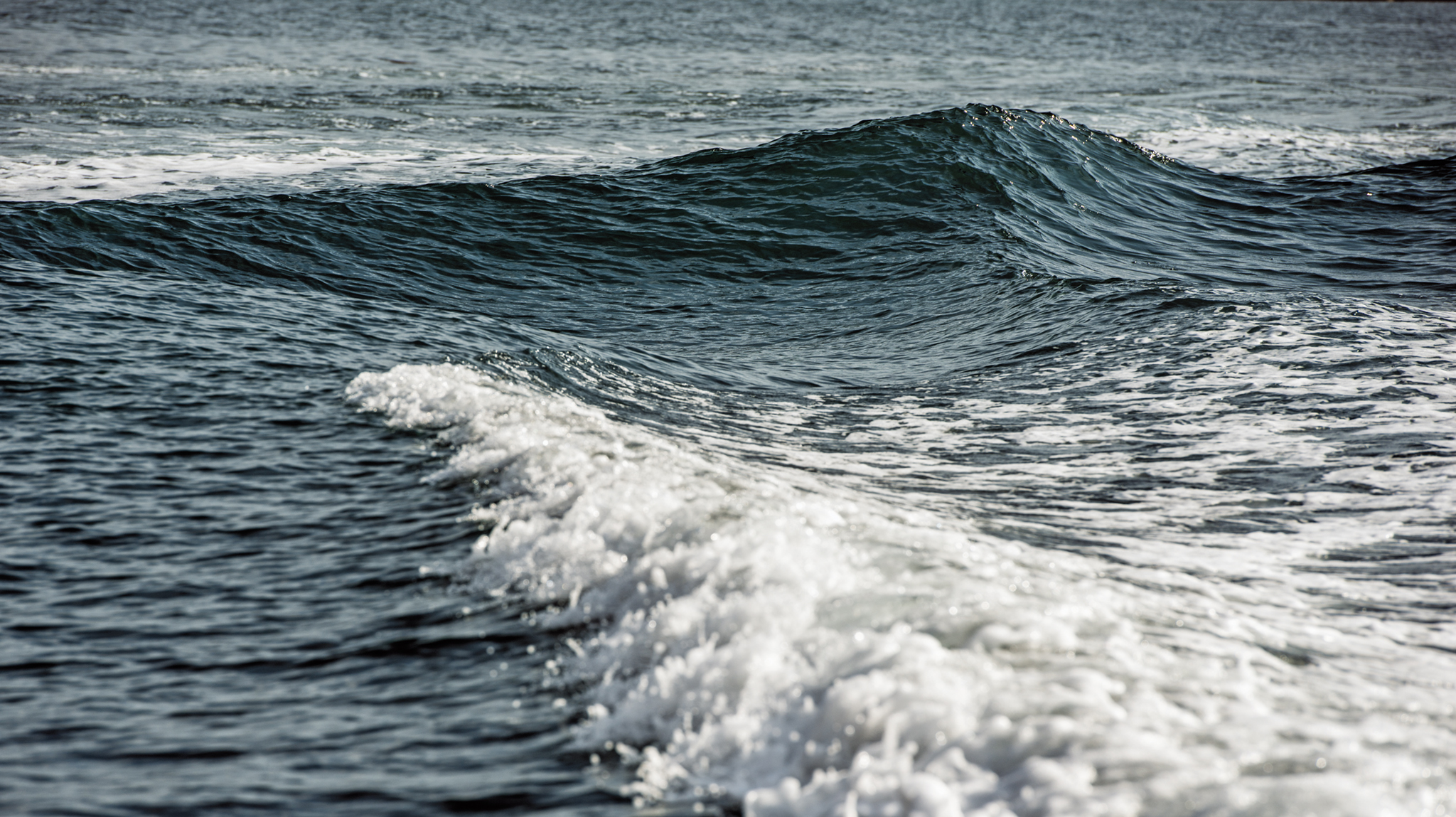Tsunami risk
Every coast of the Mediterranean Sea is exposed to tsunami risk due to the high seismicity and to the presence of various active volcanoes, both emerged and submerged. Over the past thousand years, along the Italian coasts, tens of tsunamis have been reported, but only some of them were destructive. The most affected coastal ares are the ones of Eastern Sicily, Calabria, Puglia and Eolie archipelago. Minor tsunamis were recorded also alonlg Ligurian, Tyrrhenian and Adriatic coasts.

Every coast of the Mediterranean Sea is exposed to tsunami risk due to the high seismicity and to the presence of various active volcanoes, both emerged and submerged. Over the past thousand years, along the Italian coasts, tens of tsunamis have been reported, but only some of them were destructive. The most affected coastal ares are the ones of Eastern Sicily, Calabria, Puglia and Eolie archipelago. Minor tsunamis were recorded also alonlg Ligurian, Tyrrhenian and Adriatic coasts. Italian coasts can also be reached by tsunamis generated far from our country (e.g. following a strong earthquake in the waters of Greece).
Since 2005, Italy takes part to the international alert system for the tsunami risk in the North East Atlantic, Mediterranean and linked seas NEAMTWS, under the coordination of IOC – Unesco Intergovernmental Oceanographic Commission. This system is similar to the one already operating in the Pacific, Caribbean and Indian Ocean, where Early Warning systems are already in place, with the difference that in a small sea, such as the Mediterranean Sea, wave arrival times are short thus reducing the time needed to alert the population.
In 2017 the SiAM - National Alerting System for Earthquake Generated by Earthquakes was established by a Directive of the President of the Council of Ministers, which includes three institutions: Ingv - National Institute of Geophysics and Volcanology operating through the Cat - Tsunami Alert Center, Ispra - Higher Institute for Environmental Protection and Research and the Department of Civil Protection. On November 15, 2018, the indications that the Head of the Civil Protection Department addresses to Components and Operational Structures for the updating of their civil protection plans for the tsunami risk were published in the Official Gazette.
Mediterranean coasts are exposed to tsunami risk, not only for the high seismicity of the area, but also for the presence of various volcanoes, both emerged and submerged. However, if a tsunami occurred in the Mediterranean Sea - a closed and quite shallow basin - it would not be as intense as one developing in the Oceans, where earthquakes with higher magnitude than the ones of the Mediterranean area can occur and water masses are much greater. Nevertheless, history has demostrated that, following very energetic seismic events or submarine landslides, destructive tsunamis can occur, also due to the high urbanization of the coastal areas.
The tsunami is a rapid rise of the sea level, exactly like a water wall that tears down coasts, causing an inundation that invades the coastal belt. Sometimes an initial and sudden withdraw of the sea can be observed, leaving dry ports and coasts. Tsunami waves have a much greater force compared to sea storms and are able to move inland for hundreds of meters (even kilometers, if the coast is very low), dragging everythink along the path: vehicles, boats, trees and other material, that will increase the destructive potential.
Propagation and effects of the wave on the coast are affected by morphological factors - such as the line of the coast or the topography of the sea bed and of up-country - and anthropic, linked to the use of the soil. The structure of port areas, for example, may amplify the energy of the tsunami, whereas the presence of buildings and docks along the coast can reduce the propagation of the wave inland. Tsunami waves can also climb up from outlet of rivers and streams along their flow. propagating inland.
Besides the effects linked directly to the action of the moving wave, a tsunami can trigger a series of secondary effects: the inundation can infact cause landslides, groundwater pollution, or fires. The impact on ports and industrial plans can cause the emission and diffusion of polluting substances.